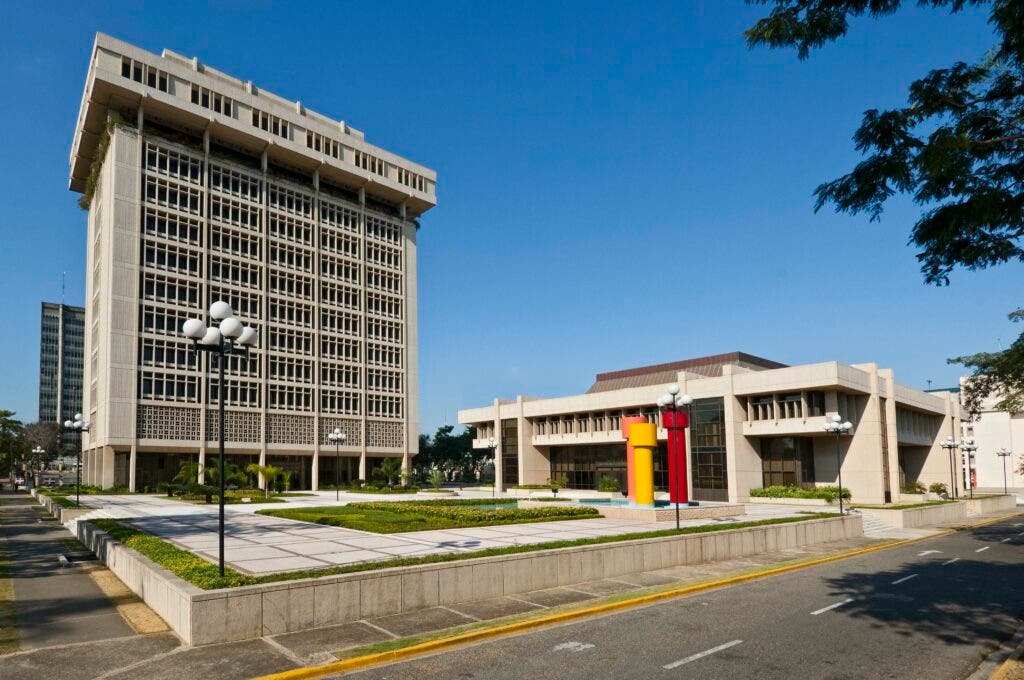With the latest reduction in the Central Bank’s monetary policy rate, which we had planned, like other previous ones, it is ensured that in the first months of 2025 the process of reducing the cost of money will continue.
As a result of the last five reductions in that rate, by the end of 2024 the cost of money had begun to fall, although very gradually.
For example, the simple average active rate of multiple banks, which was 15.8% in the week of November 25 to 29, fell to 15.3% in the week of December 2 to 6, to continue falling to 14.9% in the week of December 9 to 13, to 14.8% in the week of December 16 to 20 and to 14.3% in the week of December 23 to December 27.
This gradual reduction process must continue at the beginning of 2025, since all the fruits of the Central Bank’s monetary policy rate reductions have not ripened and, therefore, have not been harvested.
It should be taken into account that the period of transmission of the effects of the monetary policy changes on the economy, which is the time it takes for the changes in the BC reference rate to be reflected in the active and passive rates of the banks, is of between one and two months, according to a study done by the BC itself. This means that part of the impact of the last five BC rate reductions has begun to be reflected in the market, but another part will be reflected in January and there will even be a harvest for February. And nothing should prevent the reduction in the cost of money this beginning of the year when the Central Bank itself decides to pause in the rate reduction to avoid the risk of a gap between the BCRD’s monetary policy rate and the of the Fed. Pausing the rate reduction is a possibility, assuming that some market players have the expectation that it would be in March when the Fed would reduce its reference rates again. This is the case of Goldman Sachs, an investment bank that predicts that the Federal Reserve will apply its next interest rate cut of 25 basis points in March 2025.
The movements of the Federal Reserve reference rate and the behavior of inflation are among the main factors that the Central Bank takes into account when conducting its monetary policy.


















